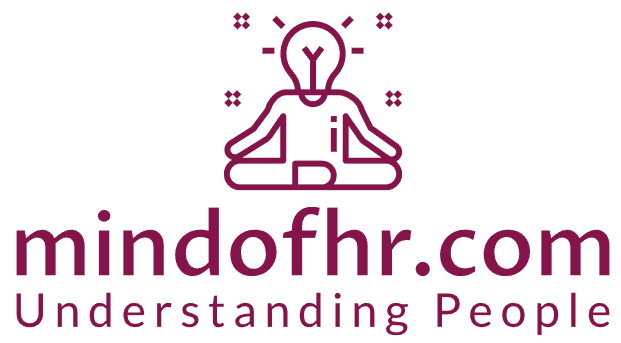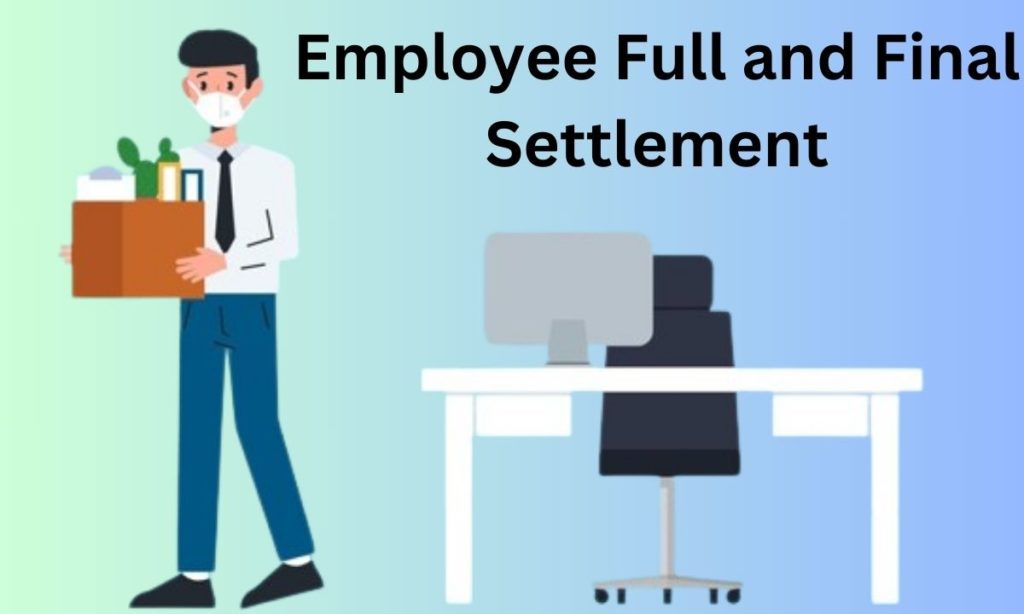In the dynamic world of human resources, offboarding often gets overshadowed by the excitement of hiring and onboarding new talent. Yet, the way an organization handles the departure of an employee can significantly impact its culture, reputation, and even its bottom line. Among the critical elements of offboarding is Full and Final (FnF) processing, a process that, when executed effectively, can turn a potential sour note into a harmonious farewell.
The Significance of FnF Processing in Offboarding
FnF processing is not just a financial transaction; it’s a reflection of an organization’s values and professionalism. Here’s why it matters:
- Boosting Employee Morale: A smooth and timely FnF process can transform a potentially awkward situation into a positive experience. Departing employees are more likely to leave with goodwill, enhancing the chance that they will speak positively about the company, even after they’ve moved on.
- Brand Ambassadorship: Former employees who leave on good terms can become powerful advocates for your brand. They’re more likely to refer talent, support business initiatives, and share their positive experiences in their professional networks.
- Mitigating Legal Risks: The FnF process is an opportunity to ensure compliance with labor laws. A meticulous approach reduces the risk of disputes that could lead to legal complications, saving the company time, resources, and reputation.
- Streamlining Operations: An effective FnF process is essential for HR efficiency. When FnF settlements are well-organized, it reduces administrative bottlenecks and allows HR professionals to focus on strategic initiatives rather than paperwork.
Best Practices for Effective FnF Processing
To transform the FnF process into a seamless experience, organizations should consider the following best practices:
1. Craft Clear Policies
- Documentation: Develop a comprehensive FnF policy that outlines all aspects of the process. This should cover what employees can expect regarding salary, benefits, and any deductions.
- Accessibility: Make this policy easily accessible to all employees. Consider creating an intranet page or a dedicated section in the employee handbook.
2. Pre-Exit Engagement
- Exit Interviews: Conduct exit interviews to discuss the FnF process. This creates an opportunity for employees to clarify their understanding and address any concerns before their departure.
- FnF Checklist: Provide departing employees with a checklist of required actions, including returning company property and settling any outstanding issues.
3. Utilize Technology
- Automate the Process: Leverage HR management software to automate calculations related to final settlements. This reduces the chances of human error and accelerates the overall process.
- Digital Records: Maintain digital records of all transactions and communications related to FnF processing. A centralized system ensures transparency and easy access for both HR and the departing employee.
4. Timeliness is Key
- Set Clear Timelines: Commit to completing FnF settlements within a specified timeframe, such as 15 or 30 days. Communicate this timeline to departing employees to set expectations.
- Prioritize Settlements: Create a priority list for settlements based on the employee’s role and length of service, ensuring that long-term employees receive prompt attention.
5. Gather Feedback
- Exit Surveys: After the offboarding process, send out surveys to collect feedback on the FnF experience. This data is invaluable for identifying areas for improvement.
- Continuous Improvement: Use the feedback to regularly refine the FnF process, making it more efficient and user-friendly.
6. Personal Touch
- Farewell Rituals: Consider instituting a farewell ritual or small gathering to celebrate the departing employee’s contributions. This fosters a sense of closure and appreciation.
- Personalized Communication: Send personalized emails expressing gratitude for their work and wishing them well in future endeavors. This small gesture can leave a lasting impression.
7. Promote Future Networking
- Alumni Programs: Establish an alumni network for former employees. This not only keeps the connection alive but can also open doors for future collaborations and referrals.
Conclusion: Turning Farewells into Future Opportunities
The Full and Final processing aspect of offboarding is much more than a bureaucratic necessity; it’s an opportunity to reinforce your organization’s culture, enhance your brand reputation, and cultivate a network of alumni who are invested in your success. By adopting best practices for optimum FnF processing, companies can ensure that their departing employees leave not just satisfied but as ambassadors of the brand. In today’s interconnected world, how you say goodbye can shape your organization’s future—making every farewell an opportunity for growth and connection.
By focusing on these strategies, organizations can turn the oft-overlooked offboarding process into a powerful tool for enhancing employee experience and ensuring lasting relationships.











